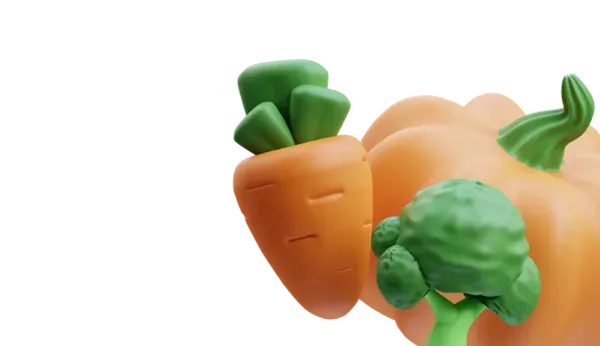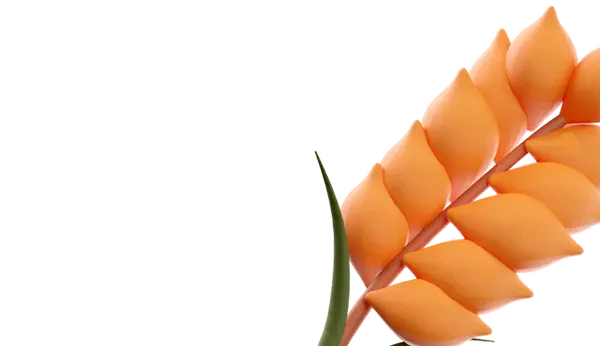A study conducted by scientists from the University of Edinburgh indicates that one out of every six liters of milk produced worldwide is wasted. The primary cause of this phenomenon can be traced back to the initial stages of the production process.
Every milk farm around the world disposes of approximately 10,000 liters of milk daily into the sewer as a flushing liquid for the pipes through which milk is transported within the production facility and packaged into cartons. As a result of this procedure, dairy plants ensure that any residues of cleaning agents used for flushing the pipes between production cycles are completely rinsed away along with the milk into the sewer before the commencement of new production.
The Nexus consortium, consisting of researchers from the Technical University of Denmark (DTU) and three technological companies, joined forces to offer an alternative to pouring milk into the sewer, as reported by Magnus Stenaa Jensen in the DTU release.
These collaborators developed an ultra-compact optical spectrometer in the form of a microchip capable of determining the quantity of liquid, fat, and protein in the pipes. This enables the detection of the presence of residues from the previous production cycle or cleaning agents and in what quantities.
The presence of residual old milk in the pipes after the cleaning process is unacceptable. According to strict cleaning rules in dairy plants, all pipes must be thoroughly flushed with cleaning liquid and water before commencing new production. However, a problem arises here.
After the cleaning process, it becomes impossible to ascertain if any residues are left in the pipes, which naturally should not contaminate the new production. To eliminate any doubts, large volumes of ready-to-consume milk are flushed through the pipes into the sewer before commencing new production.
This procedure not only consumes a lot of time but is also costly and detrimental to the environment. When it comes to climate issues, spilled milk adds extra regret: methane emitted by large ruminants is one of the major climate offenders. And although beef emissions significantly exceed milk emissions, data from Our World in Data shows that on average, one liter of milk accounts for 3.15 kg of CO2 equivalent worldwide.
CO2 equivalents are a universal unit of measuring greenhouse gases, allowing for their comparison. This is necessary as different products contribute differently to global warming. For example, data from Our World in Data shows that almond milk and soy milk have CO2 equivalents of 0.70 kg and 0.98 kg per liter, respectively.
If we multiply the 3.15 kg of CO2 equivalent for cow's milk by 10,000 every day for each dairy farm globally, we get a vast amount of greenhouse gas emissions from which we only get waste.
“We want to create a product that will be economically beneficial for us and the dairy farms, as well as beneficial for our planet,” says Søren Stobbe, DTU Electro Professor and leader of the Nexus project.
Typically, dairy plants have installations using labor and sensors. Workers at dairy plants can accurately control the flow rate, temperature, and pressure of milk. However, determining what exactly is flowing through the pipes is a much more challenging task for dairy plant workers. This is because existing spectrometers are too bulky and costly to be competitive.
“Existing spectrometers used in dairy plants cost around 100,000 euros each. Therefore, it is impossible to install hundreds of measuring points, as it is too expensive. The idea of our solution is to create small, compact, and affordable spectrometers, which will allow for many more measuring points to be established and determine when the pipes are ready for the next production cycle,” says Stobbe.
The new spectrometer, based on advanced nanotechnology, has unique capabilities to reduce the size and cost of this technology. However, there are several factors that need to be considered.
“We must ensure that our microchips do not contain rare materials and can be produced according to requirements. Additionally, our technology must be energy-efficient and operate around the clock. We believe that our solution will meet all these requirements,” explains Stobbe.
Currently, the technology is in the testing phase, but the project team has high hopes for it and believes it can be useful not only in the realm of food waste.
“I am very optimistic about the project. We have a lot of work ahead in commercializing our spectrometer. Right now, we have demonstrated the concept of the spectrometer, and it works quite well. Fortunately, it seems we will be able to address the remaining issues,” notes the researcher.
The project team hopes that the optical spectrometer will become a useful tool in countries where food safety and product control are not a priority. If these countries start using the available solution in the form of microchips for managing food production and determining components that have no place in the production process, the level of consumer health protection will increase.

 Trading platform
Trading platform 
 Monitoring
Monitoring  Express applications
Express applications 
 Fork Work
Fork Work 
 Service
Service  News
News  Directory
Directory 













